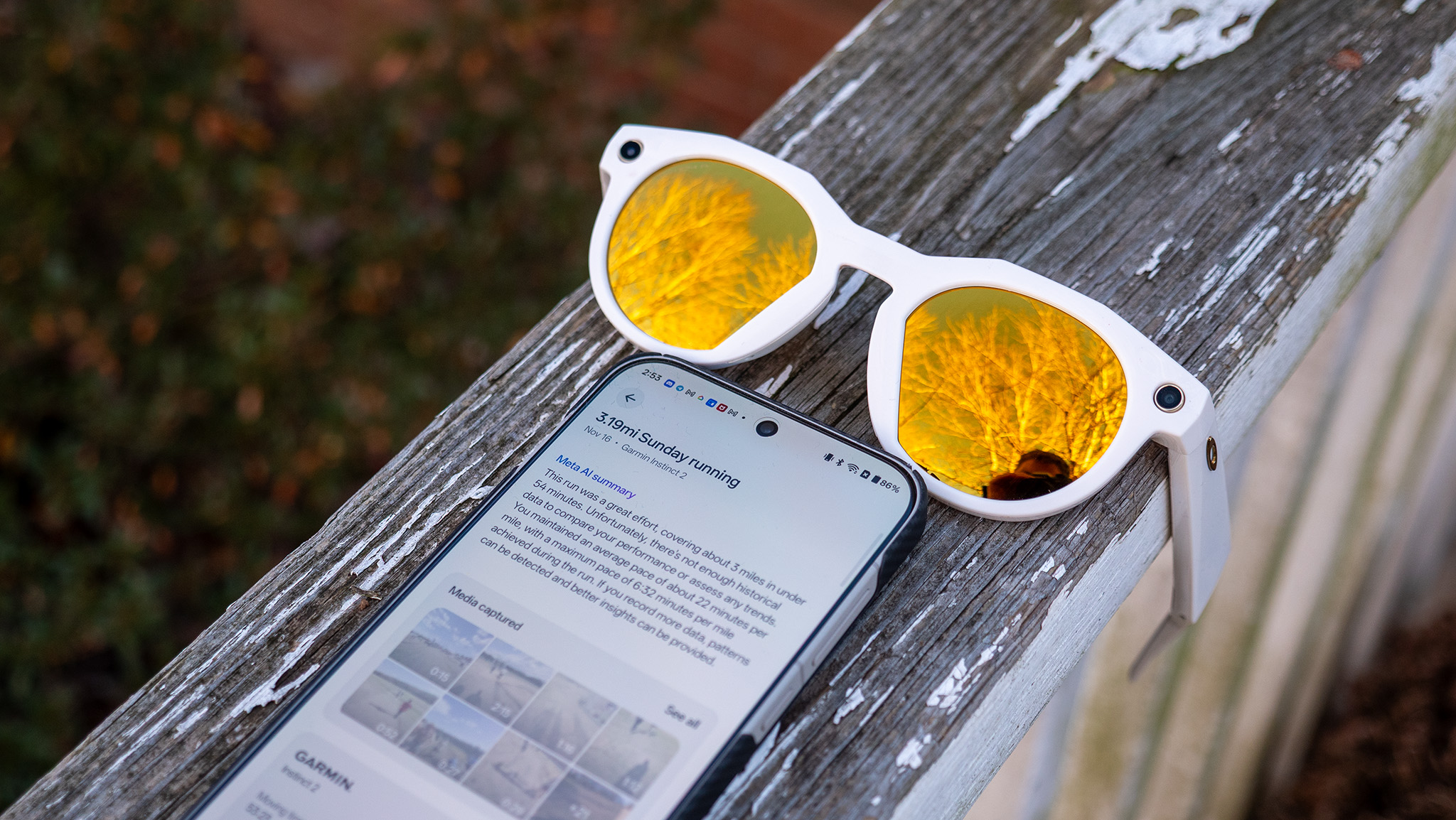Best smartwatches that can measure blood oxygen saturation levels
Use these smartwatches to monitor a vital health metric, whether for sleep apnea, altitude acclimation, asthma, or other health conditions.
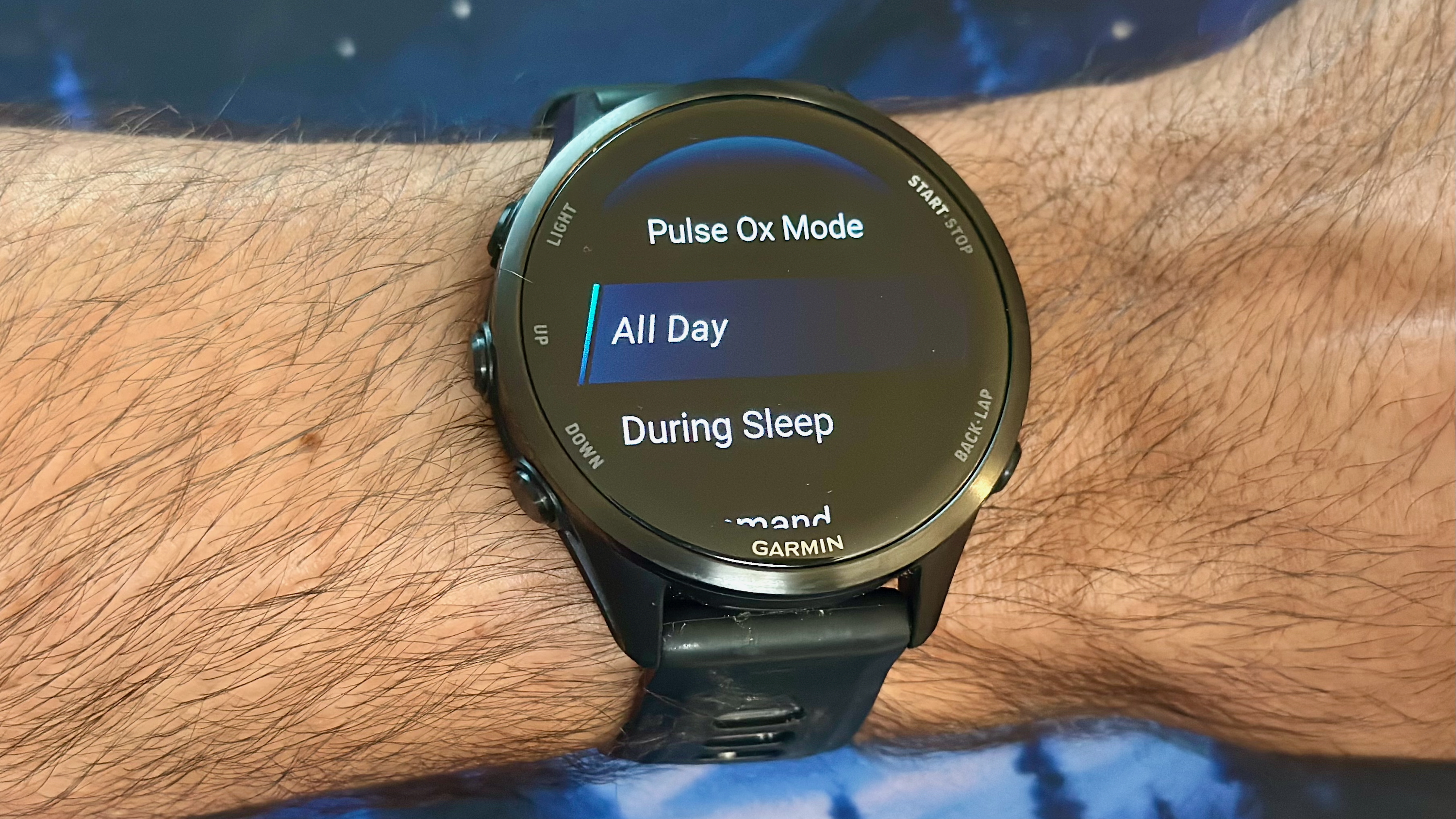
At a glance
1. Best overall
2. Best sleep apnea detection
3. Most accurate
4. Best health data
5. Best value
6. Best premium
FAQ
How to choose
Most smartwatches and fitness watches track blood oxygen, or SpO2, the measurement of oxygen carried by your red blood cells. Low blood oxygen can signal issues with sleep apnea or lung conditions, and can lead to long-term effects like fatigue, memory issues, and even heart disease.
Maybe you're diagnosed with sleep apnea and want to monitor if your CPAP is properly oxygenating your blood, or you've shown symptoms and want to gather info before going to your doctor. Or for athletes traveling to higher elevations, particularly climbers, tracking blood oxygen is crucial for judging your altitude acclimation.
Since SpO2 data has become commonplace, this guide on the best smartwatches to track blood oxygen will focus on the intangibles: Which watches can take more frequent readings, including during the day? Which models specifically track sleep apnea or breathing variations, or warn when your SpO2 is out of range? And which watch's accuracy can you trust the most?
Apple has brought back SpO2 readings but is still facing litigation from Masimo over the technology; you might be looking for an alternative that's guaranteed to stick around. Starting with the Garmin Venu 4, these are our favorite smartwatches with blood oxygen readings.
Also, don't forget to check back in with us periodically until December 1st ends, so you can grab these incredible wearables for less during the ongoing Cyber Monday deals.
Best overall
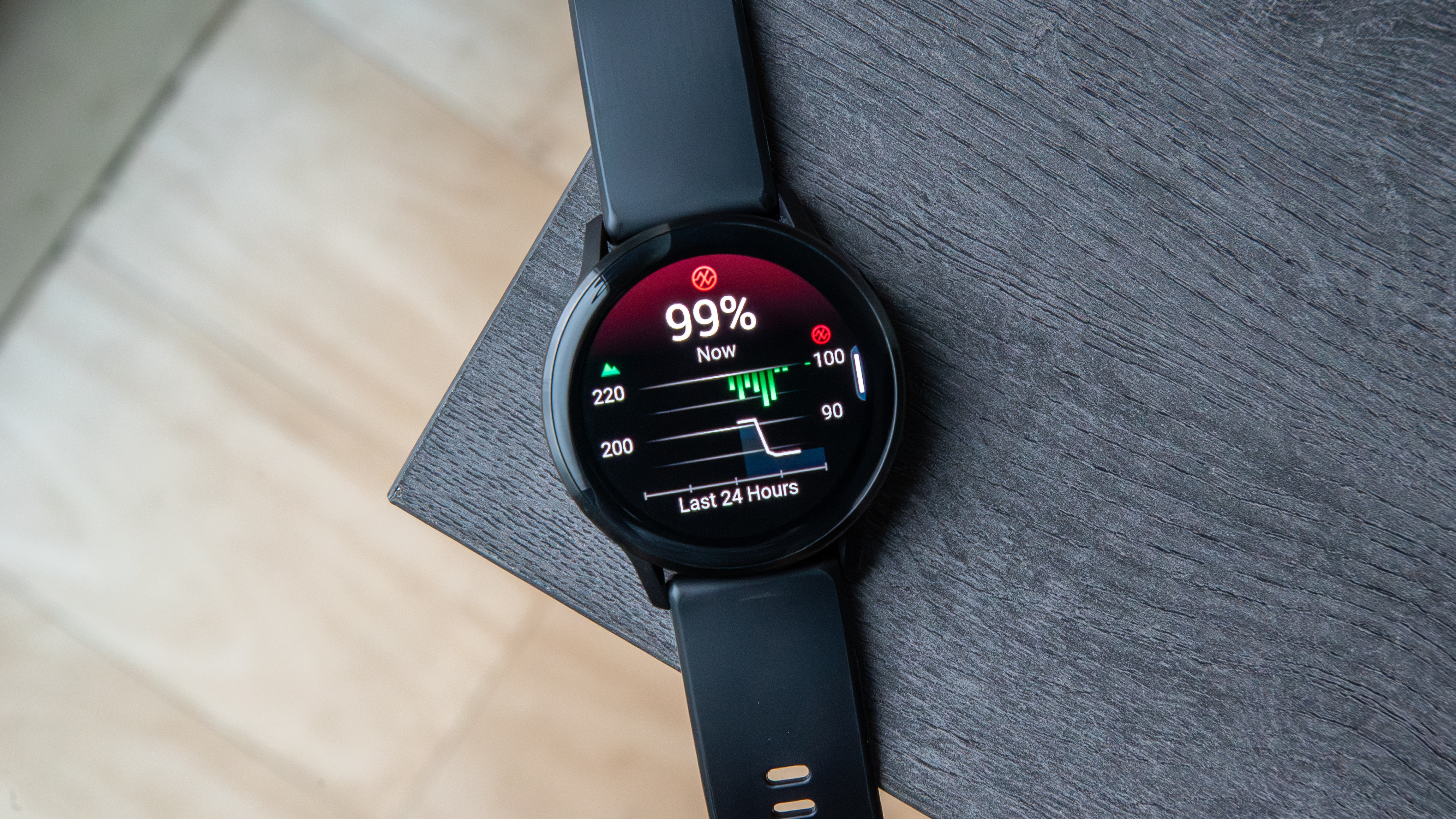
1. Garmin Venu 4
Our expert review:
Specifications
Reasons to buy
Reasons to avoid
Some smartwatch brands offer SpO2 spot checks, or only measure during sleep. Garmin watches are the only brand we know of to offer all-day blood oxygen readings, measuring at frequent intervals whenever the watch detects you're at rest and can get a clean reading. But out of all the options available, the new Garmin Venu 4 is our first recommendation, even though we haven't finished reviewing it.
Like the Garmin Venu 3 — our previous top pick — the Venu 4 offers in-depth sleep analysis, including your HRV and stress, skin temperature, and variations in your breathing. Garmin doesn't have official sleep apnea detection like other watches, but its nightly SpO2 and breathing variation stats give you warning signs.
New to the Venu 4 is Health Status, which determines your baseline after about 3–4 weeks of sleep tracking — so you know if your SpO2 average is below the ideal 95% mark — and then warns you if you have "outliers" from your norm, such as if your blood oxygen stats are getting worse.
Another new feature is Lifestyle Logging, which lets you log certain "behaviors or lifestyle choices" like whether you wore a CPAP or sleep mask the previous night, or if you feel fatigued the following morning. Garmin will use that data to weigh the "potential impact" on your health these lifestyle choices have, so you can judge for yourself just how helpful your new sleep apnea treatment is.
Lastly, the Venu 4 supports altitude acclimation, determining how quickly you're adjusting to higher elevations, using averages of your blood oxygen, respiration rate, and resting heart rate. If you're trying to acclimate to prepare for climbing a mountain, for example, the Venu 4's blood oxygen context could be vital in determining if your body is ready or not.
Best sleep apnea detection
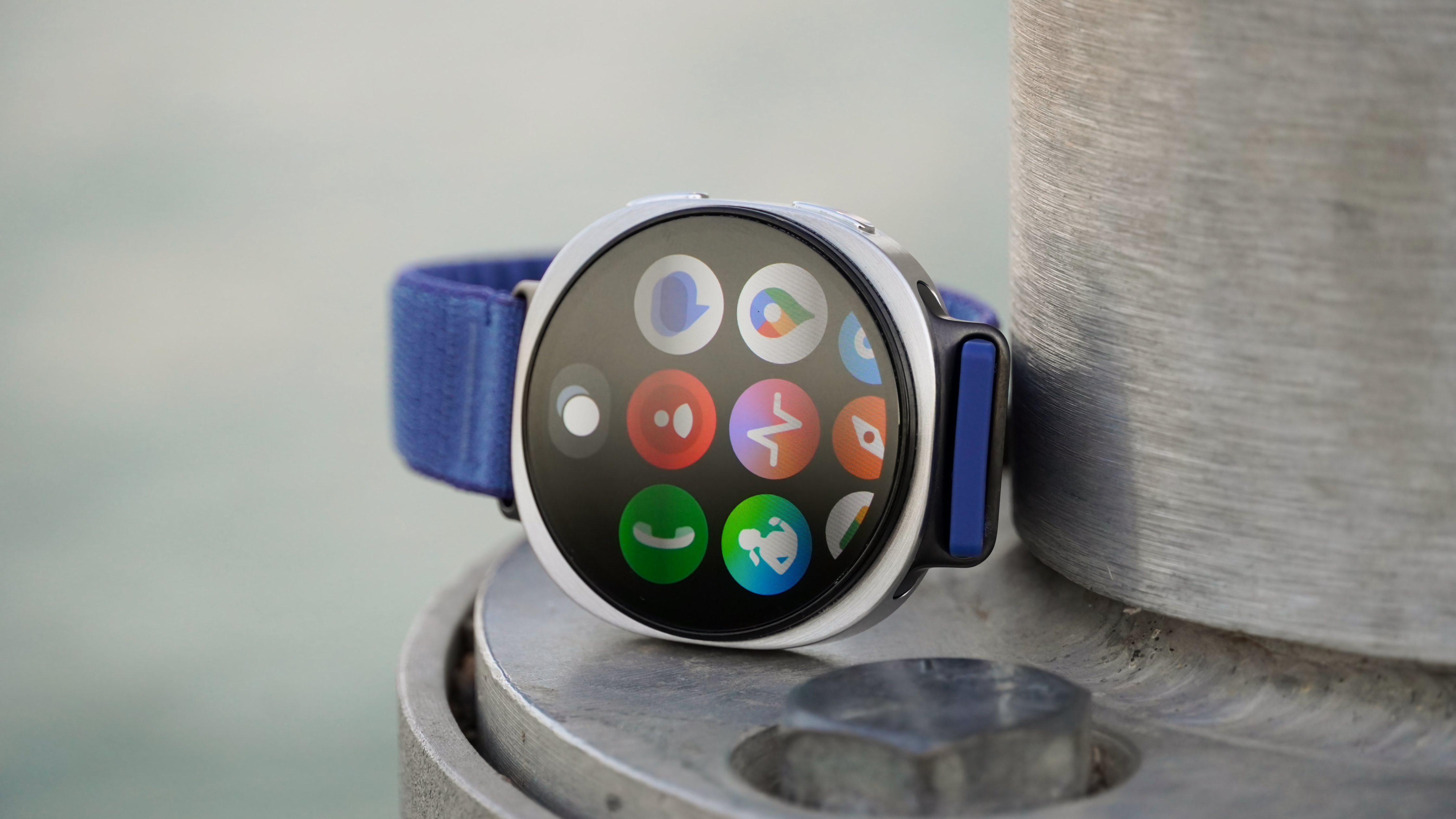
Specifications
Reasons to buy
Reasons to avoid
Hands down, Samsung makes the best Android smartwatches, but if you're looking for nightly blood oxygen readings, we wouldn't recommend the Galaxy Watch 8 Classic or Galaxy Watch Ultra, simply because they're too bulky to be comfortable. By contrast, the baseline Galaxy Watch 8 is skinny, lightweight, and has a new Dynamic Lug band system that makes the watch rest flatter against your wrist for more reliable nightly data.
Whichever watch you choose, Samsung can measure blood oxygen using a Tile shortcut, or it will detect your average levels overnight by default, along with other stats like breathing rate and resting heart rate.
If you see concerning SpO2 levels, Samsung has a sleep apnea risk detection tool that requires two nights of sleep, at least four hours, to estimate whether you have "moderate to severely obstructive apnea." This test is only available on the Galaxy phone-exclusive Samsung Health Monitor app, and once Samsung gives its recommendation, the feature is shut off; it's not meant for long-term monitoring.
Older Galaxy Watches have also gotten sleep apnea detection, along with other Samsung Health metrics like Energy Score that'll help judge the efficacy of your sleep. But the Galaxy Watch 8 tracks certain health data like your heart's vascular load and your antioxidant index that aren't available on previous models.
The Galaxy Watch 8 doesn't have the battery life to match a fitness watch, so you'll have to find a consistent time to charge it every day. But this battery trade-off nets you perks like Gemini and Play Store apps that you won't get from a brand like Garmin.
Most accurate
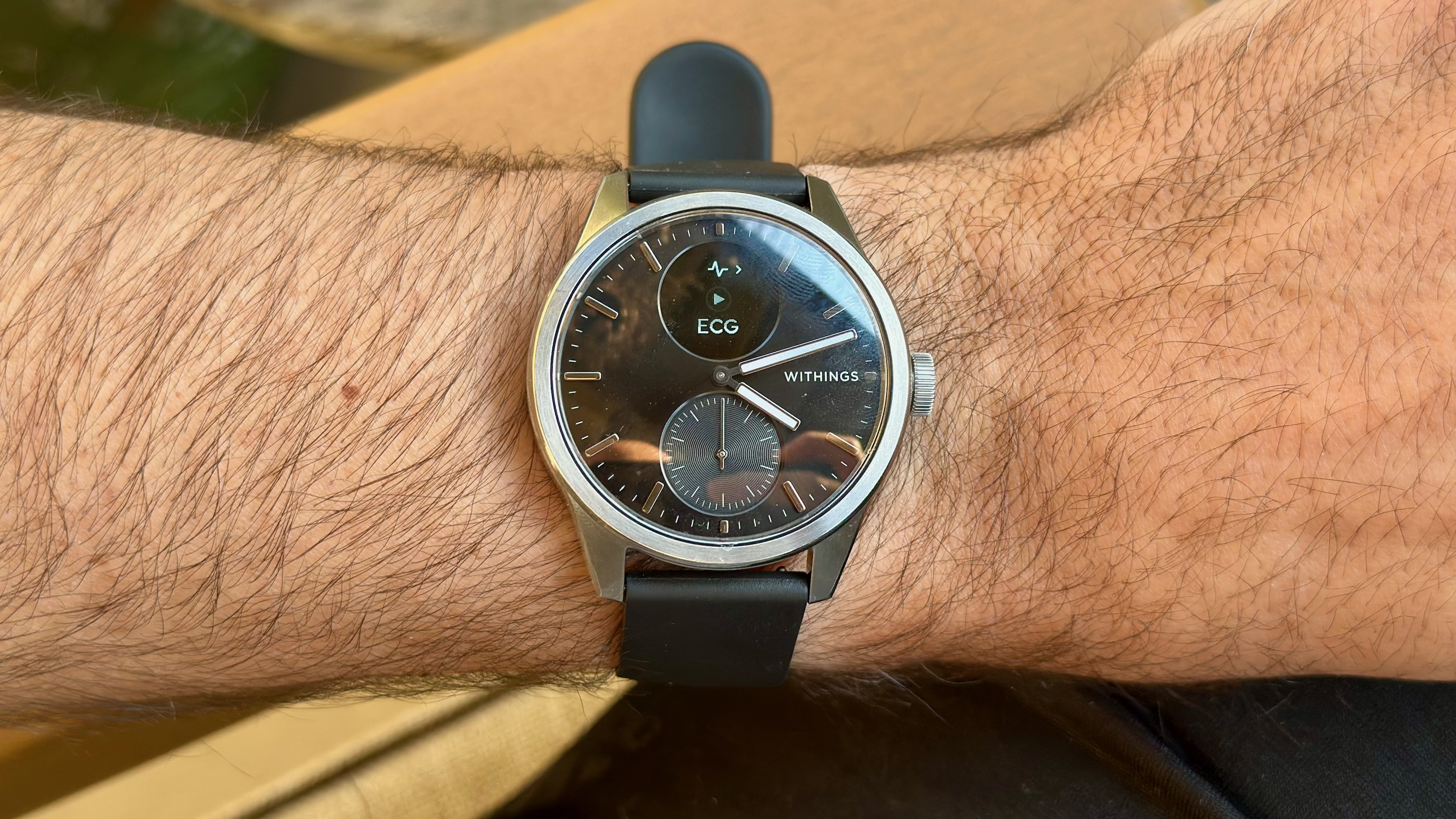
Specifications
Reasons to buy
Reasons to avoid
Smartwatches that track SpO2 generally categorize it as "wellness" data, meaning it shouldn't be considered as accurate as a dedicated, medical-grade blood oxygen monitor. Withings got FDA approval for SpO2 readings on its original ScanWatch, and sponsored a clinical study using ScanWatches to measure for hypoxemia as a warning sign toward respiratory diseases; the scientists concluded the watch could "measure SpO2 levels with adequate accuracy at a clinical grade."
Withings has since moved on to the ScanWatch 2, and didn't get FDA approval for SpO2 data this time, only ECGs. But there's no reason to assume this new model's readings have gotten worse, only that Withings decided not to go through a slow regulatory process that delayed the original ScanWatch release.
The ScanWatch 2 and ScanWatch Nova aren't "smartwatches" in the traditional sense; they're hybrid watches with the most basic support for notifications on a tiny display cutout, with the ability to last over a month per charge. But you get an incredible amount of health data from these watches, including your "breathing quality" and number of sleep interruptions connected to your SpO2 readings.
To measure sleep apnea directly, Withings has a Sleep mat that detects things like snoring and nightly movement. But the ScanWatch 2 is a better starter option because it offers both 30-second SpO2 spot checks and long-term nightly tracking of a wide range of stats, so you're still getting health insights even if your blood oxygen turns out to be healthy. That includes passive AFib detection, temperature variations, and predictive AI notifications warning you if it sees signs of illness or poor vitality.
Best health data
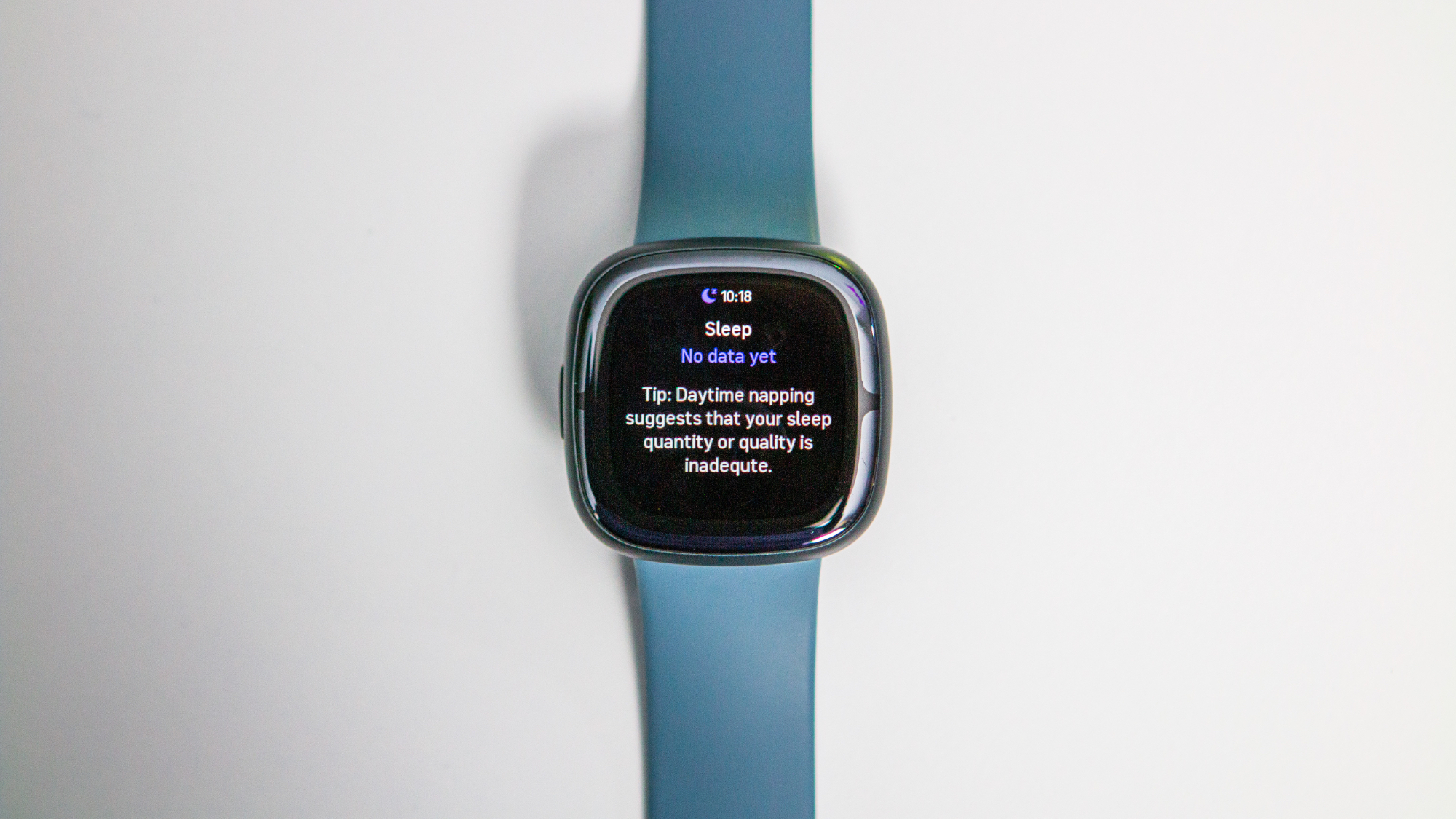
Specifications
Reasons to buy
Reasons to avoid
The Fitbit Sense 2 has some of the best health sensors on the market, still quite accurate years after its initial release. We'd happily recommend the Pixel Watch 4 for this spot, given its more advanced features and slightly newer Fitbit sensors. However, the Sense 2 is both Android- and iOS-compatible, offering longer battery life, a lower price, and a lighter fit for sleep tracking.
With the Fitbit Sense 2, you get nightly blood oxygen data, irregular heart rhythm warnings, cEDA stress levels, skin temperature data, and sleep zone analysis. You can't take SpO2 spot checks like other picks on our list, so you should only select it if you're worried about general nightly trends and don't need immediate data. Fitbit also lets you export your data for a doctor, if you want to share your results with them.
While the Sense 2 is on the older side, Google recently launched the Fitbit Personal Health Coach, which creates AI-powered, personalized training plans, analyzes your health trends to create "insights" in the Fitbit app, and allows you to ask a Gemini-like AI Coach questions about your data, such as whether your blood oxygen levels indicate a potential problem. It's only in early preview, but should launch fully in 2026.
Even though Google doesn't offer sleep apnea detection, its Fitbit trackers offer accurate SpO2 insights at a lower price than most of our other picks. You could even spend even less with the Fitbit Charge 6, which offers the same SpO2 tech and a similar battery life along with a more comfortable fit. But since it's not a "smartwatch," we're sticking with the Sense 2 as our top recommendation.
Best value
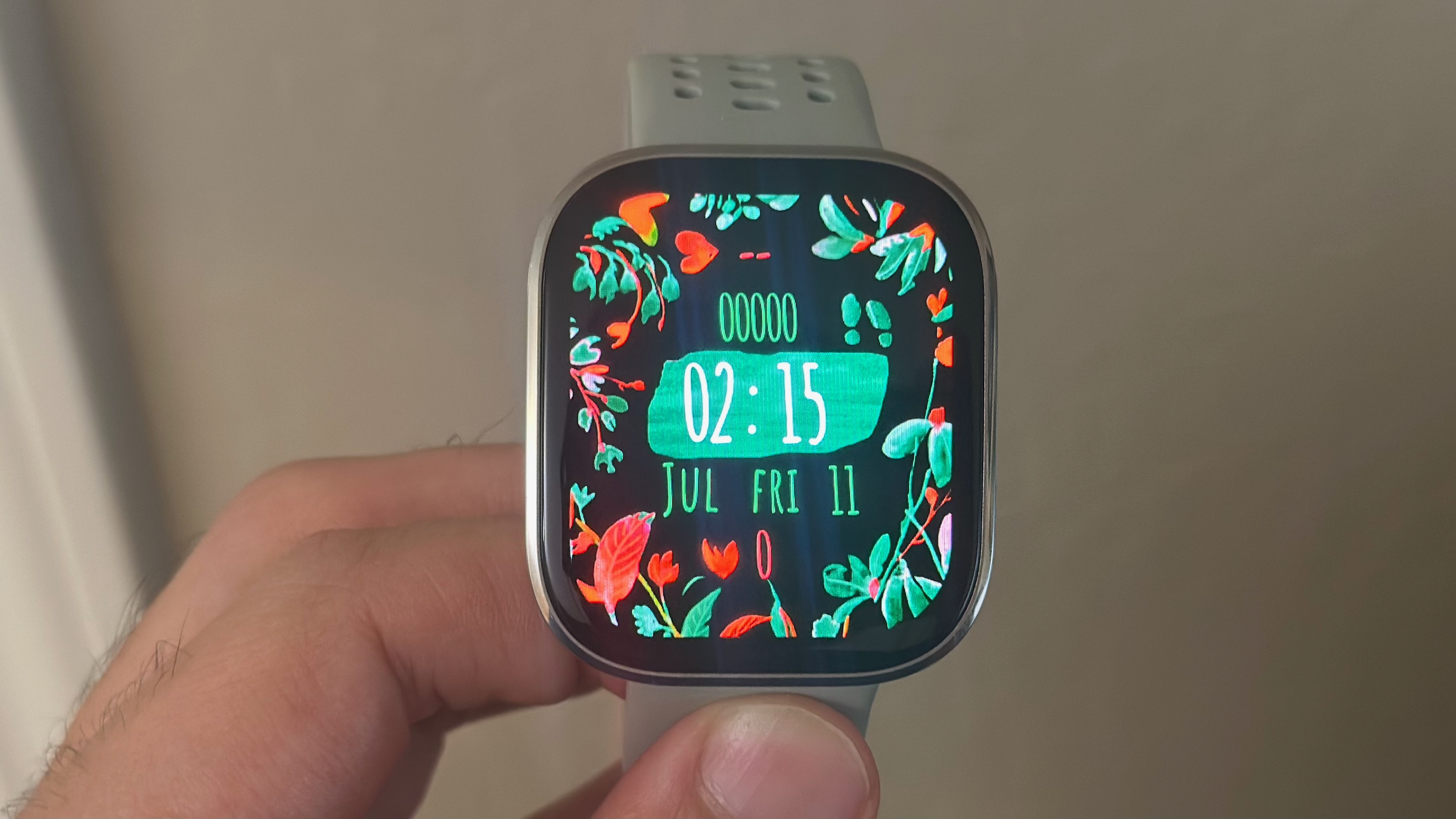
5. Amazfit Bip 6
Our expert review:
Specifications
Reasons to buy
Reasons to avoid
You need a smartwatch with blood oxygen tracking, but don't want to spend very much money? If you're looking for the best possible value at a sub-$100 price, the Amazfit Bip 6 is about as good as you can get.
Amazfit watches all share BioTracker sensor suites with the option for 24/7 HR, SpO2, stress, and breathing rate data, with the option to take a one-tap, 45-second reading at any time. You might expect the Bip 6 to cut SpO2 at its low price, but you'll still get the same nightly insights in the Zepp companion app. That same app also gives you certain perks, like AI-generated workout plans and Amazfit's new "RestoreIQ" sleep tracking algorithm to judge your sleep quality.
The Bip 6, in particular, gives you the upside of a massive, bright AMOLED display and hardware you wouldn't normally see in a sub-$100 fitness watch, like a mic & speaker for Bluetooth calling and voice-to-text messaging.
Since you're wondering what the catch is, the Bip 6's sensors probably won't match the level of accuracy you'd see in a watch that costs 3X as much; you'd want to look at the Amazfit Balance 2, for example, to get more accurate data and more sensors. Still, the Bip 6 offers an impressive level of value, assuming you're a fan of its large squircle look.
Best premium
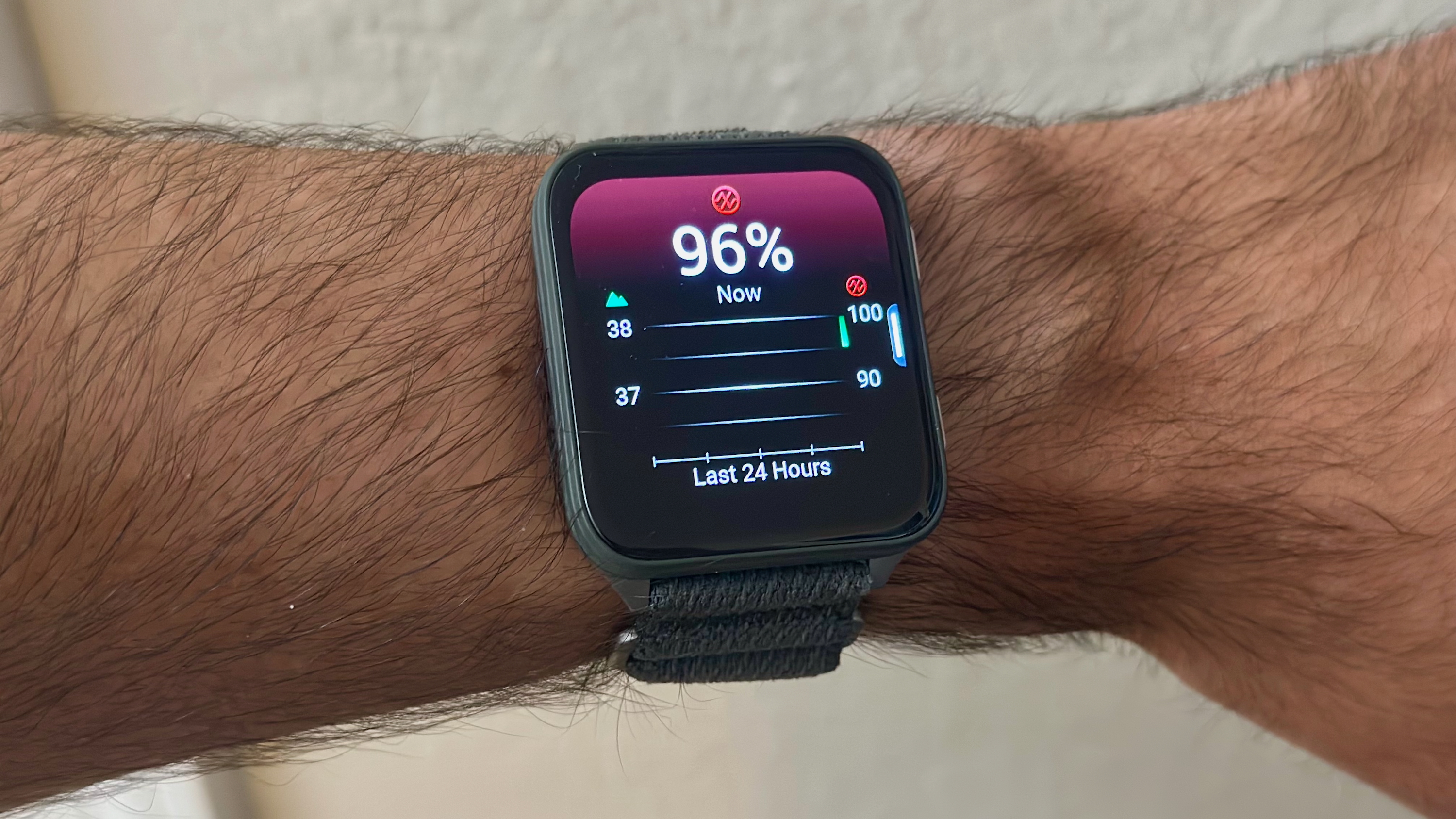
Specifications
Reasons to buy
Reasons to avoid
Garmin earns two spots on this list, simply because its all-day SpO2 option and Altitude Acclimation feature give the brand an edge over other smartwatches. The only question was which Garmin watch to include. The Vivoactive 6 offers excellent value and comparable battery to the Venu 4 for $250 less; the Instinct 3 hits weeks of battery life, especially with the Solar option; and the premium Fenix 8 has both longer battery life and a longer list of features.
Ultimately, we went for a slightly controversial pick, the Venu X1. This expensive model doesn't look like your typical Garmin watch, and its eight-day battery life is only average for this list, though still better than a smartwatch. What makes it compelling is its 2-inch display paired with an absurdly skinny (7.9mm), lightweight (39g w/ strap) case.
It's honestly the most comfortable watch Garmin has made, particularly for sleep tracking. Unless you plan to buy the Garmin Sleep Index Monitor, you're going to have to wear your watch every night, and the Venu X1 avoids the usual bulky design of other models. Plus, you get premium features like topographic maps and golf maps that look fantastic on its bright, square display.
Comparing the Venu 4 vs. Venu X1, the Venu 4 currently has Health Status as an exclusive, but we expect the X1 and other Garmin flagships to get this feature before the end of 2025 for easier SpO2 data comparison. The Venu 4 isn't quite as comfortable, but it has better GPS accuracy, four extra days of battery life, and ECG readings, things Garmin sacrificed for the X1's skinny design.
FAQ
Why do you need a fitness smartwatch with blood oxygen monitoring?
Why you can trust Android Central
Hypoxemia, or low blood oxygen levels in your blood, is a serious condition caused by a variety of possible ailments. And without a pulse oximeter, you may not know that it's low blood oxygen that's causing the problem.
According to the Cleveland Clinic, symptoms can include headaches, shortness of breath, tachycardia, coughing, and (in extreme cases) bluish skin. Plus, of course, sleep apnea can cause other symptoms like poor and sweaty sleep, depression, and an inability to regain energy.
One common reason for low SpO2 scores at night is sleep apnea. The American Medical Association says that about 30 million people in the U.S. suffer from it, but only 6 million have a diagnosis for it. It goes unnoticed for many, hurting their sleep quality without them ever realizing it. But a smartwatch can detect these symptoms.
Low blood oxygen saturation can also be a potential indicator of other issues as well, including impaired lung function, heart disease, COPD, or even asthma. If you notice numbers are low from a device like a smartwatch, it can prompt you to book a visit to your doctor or bring this up at the next appointment.
Which Garmin watch is best for blood oxygen monitoring?
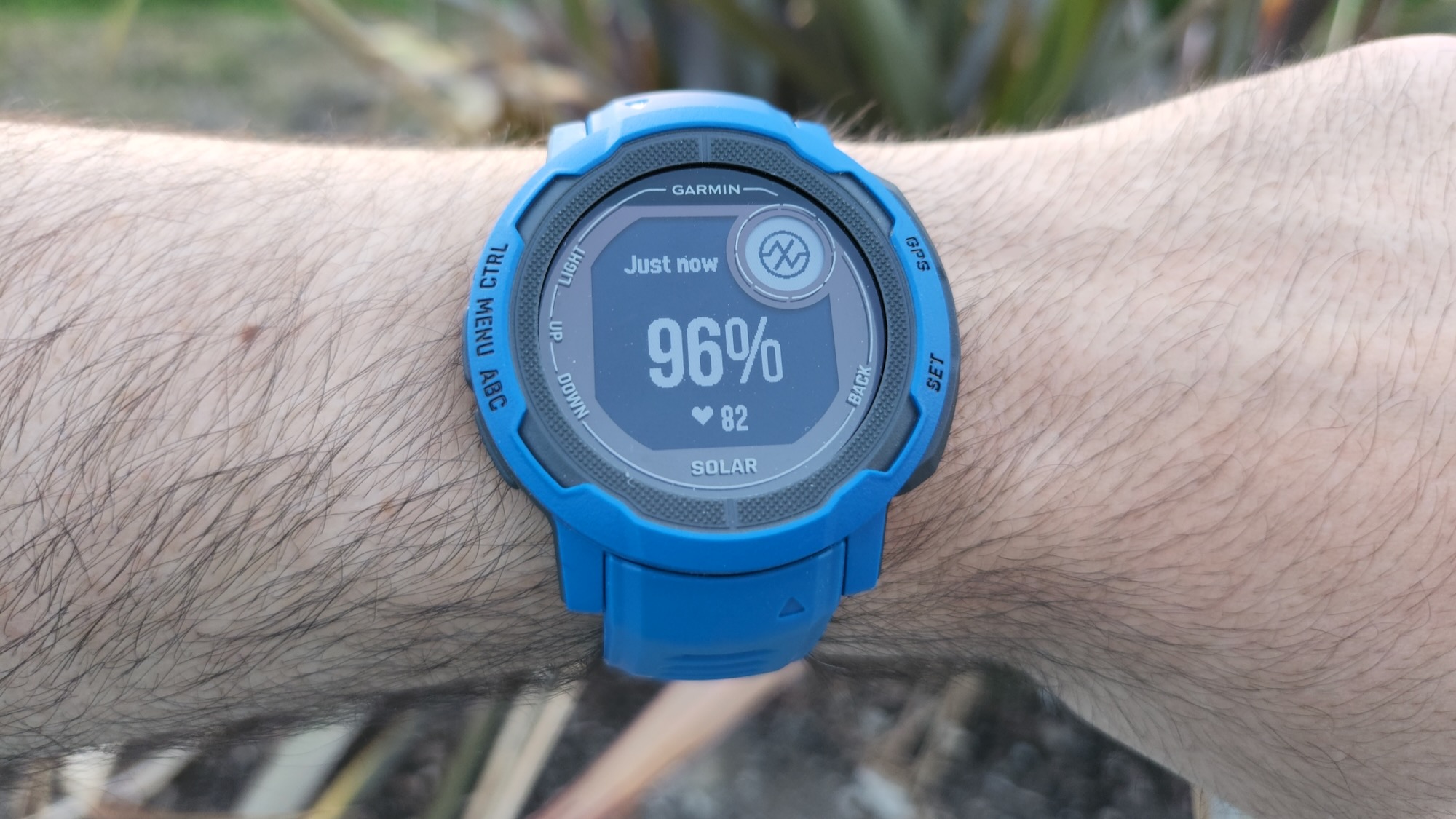
Almost every Garmin watch supports all-day SpO2 data, aside from a few older models. Garmin updates its health sensors by generation, so you may want to aim for Elevate v5 watches for the best accuracy (for SpO2 and other stats). That includes the Venu 3, 4, and X1, Forerunner 570 and Forerunner 970, Fenix 7 and 8, Enduro 3, and a few other models. Newer models are also more likely to get the Venu 4's Health Status update.
That said, older Garmin watches proved quite accurate in our health testing, and as Garmin watches keep getting more expensive, you may end up preferring a last-gen model with longer battery life, like the Instinct 2X Solar or Forerunner 965, or a cheaper option like the Forerunner 165.
You should also ensure whichever Garmin watch you pick supports Altitude Acclimation, which takes your blood oxygen and breathing data to determine how well you're adjusting to max elevation conditions.
Are there smartwatch alternatives for blood oxygen tracking?
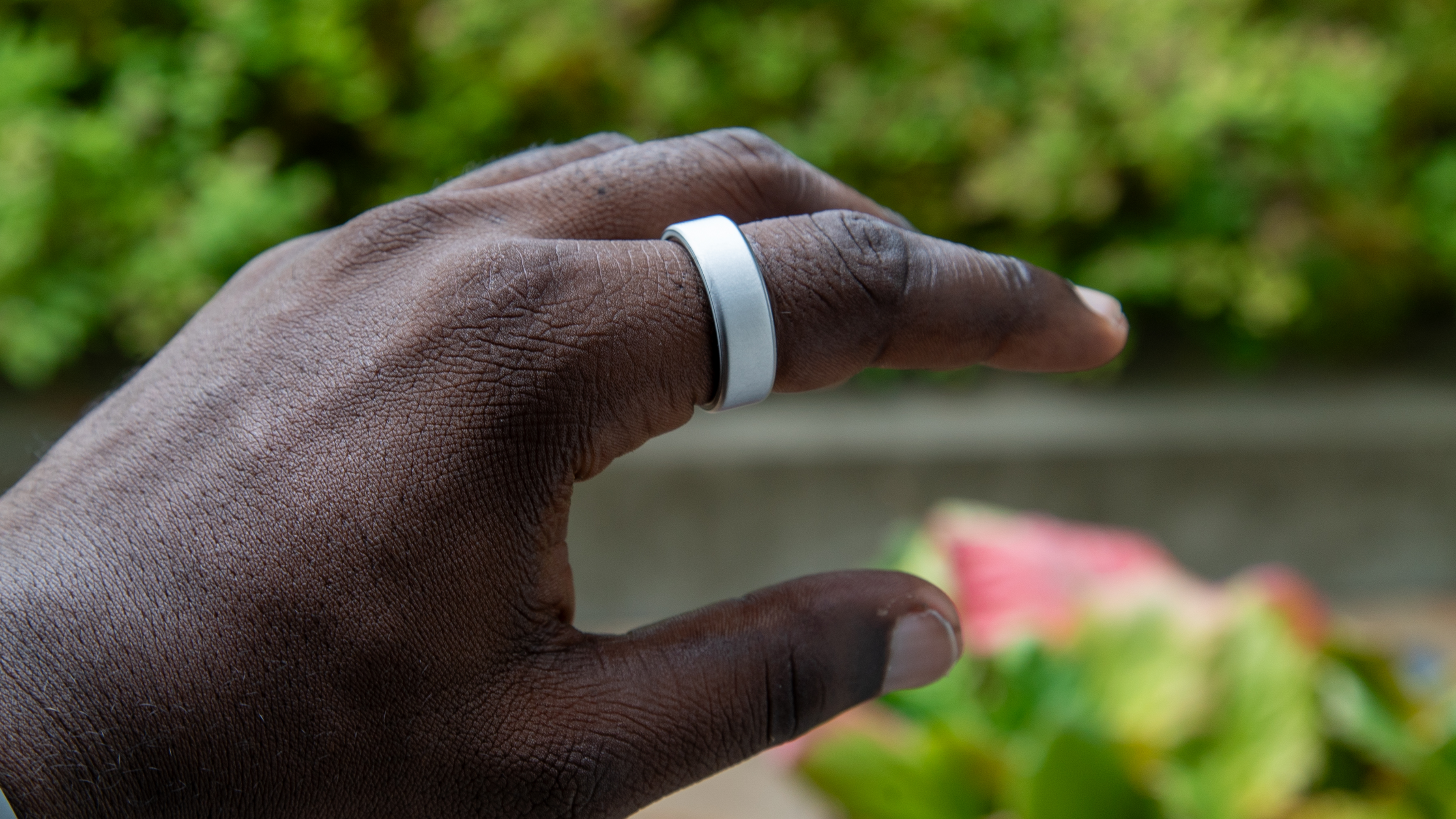
Many smart rings have SpO2 tracking. The Oura Ring 4, for example, tracks both average blood oxygen and breathing regularity, primarily at night. An average is helpful, but a smartwatch may give you more information, such as a total range of readings or the option for spot checks.
Another alternative is to look at screenless wrist-based trackers like Whoop 4.0 or Polar Loop. These will typically last 1–2 weeks per charge and measure the same health metrics as a smartwatch, but without the distraction or weight of a screen.
Then, of course, you have actual fingertip oximeters you can buy for significantly less and get near-exact readings at the expense of comfort. But these are outside our expertise, and you should probably ask your doctor to lend you their equipment instead of doing the test yourself.
How to choose
It's rare for a smartwatch to do much with your blood oxygen data, aside from simply delivering your nightly results, because offering a "diagnosis" would require FDA approval for accuracy. The best you can hope for is a watch (or ring) that will judge your readings against past results and warn you if they're trending downward.
Apple, Fitbit/ Google, Garmin, Samsung, and Withings all offer reliable SpO2 readings in most of their smartwatches. Masimo is still in court demanding that US Customs block Apple Watch sales over patent infringement, so we're not comfortable recommending you buy them until that's resolved, since the feature could be taken away again. Hopefully, we've provided enough iOS-compatible alternatives.
How you choose the best smartwatch for blood oxygen readings comes down to what you're looking for. If you're worried about sleep apnea, a Galaxy Watch could help you diagnose the problem directly, though other brands will do the same indirectly with low SpO2 readings.
Garmin is the best fit if you have a breathing condition that affects you all day, like asthma, while Withings works best if you don't care about other smartwatch smarts besides health data, and would prefer longer battery life and a more stylish design.
Get the latest news from Android Central, your trusted companion in the world of Android

Michael is Android Central's resident expert on wearables and fitness. Before joining Android Central, he freelanced for years at Techradar, Wareable, Windows Central, and Digital Trends. Channeling his love of running, he established himself as an expert on fitness watches, testing and reviewing models from Garmin, Fitbit, Samsung, Apple, COROS, Polar, Amazfit, Suunto, and more.
- Roydon CerejoContributor
- Patrick FarmereCommerce Editor
- Namerah Saud FatmiSenior Editor — Accessories
